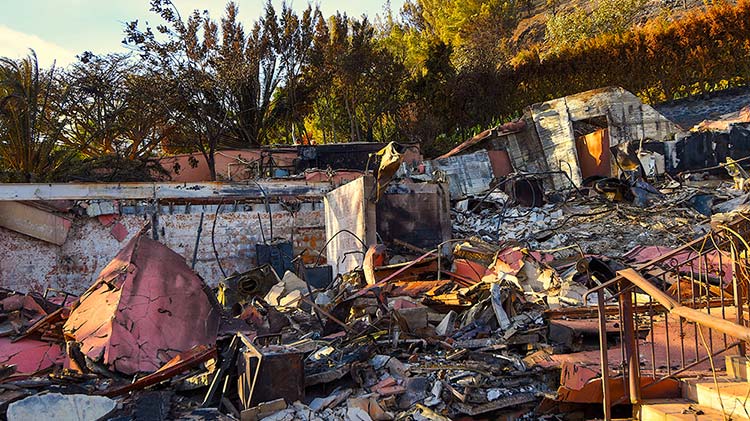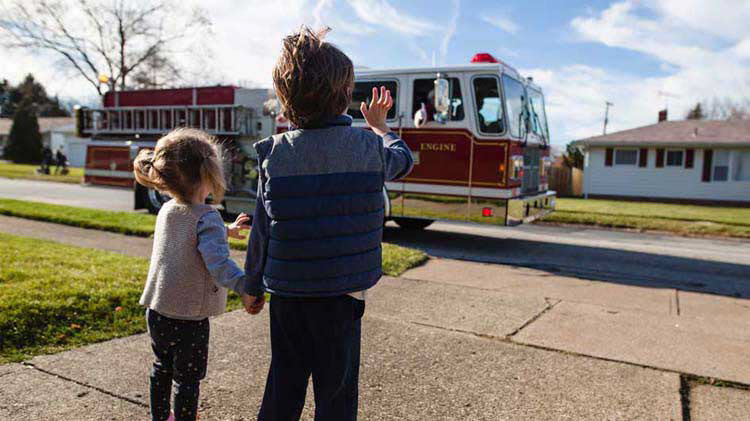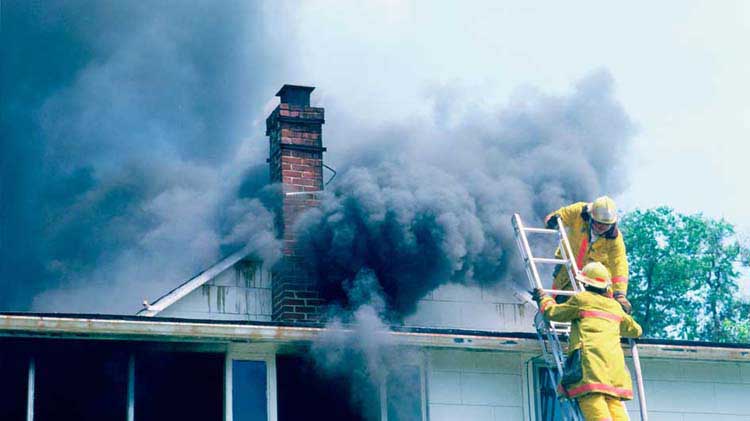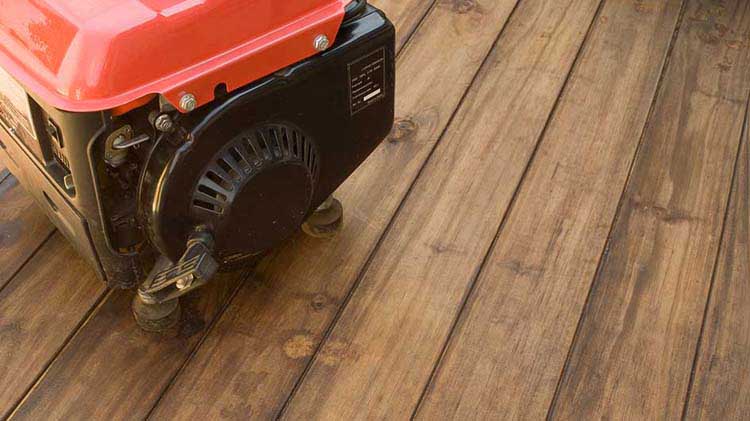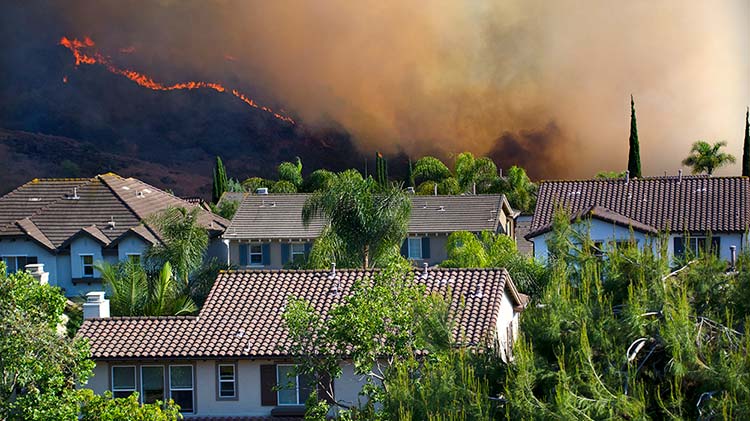What to do after a wildfire
The aftermath of a wildfire can feel overwhelming. When you get the all-clear to return home, know where to start and how to stay safe as you recover.
If you end up in the path of a wildfire the damage can be devastating, no matter how well you prepared ahead of time. When local authorities say it's safe to return home, here are some tips to help get you back on your feet.
Before returning home after a wildfire
- Send text messages or use social media to contact friends and family — make calls only in an emergency since phone lines are often busy after a forest fire.
- Wait for the all-clear from local authorities.
- Gather supplies like work gloves, sturdy shoes or boots, dust masks, goggles, flashlights, bottled water, garbage bags and a first aid kit.
Returning home after a wildfire
- Walk around outside first. If you notice downed power lines or a gas smell, call the professionals before going in.
- The ground can contain heat pockets that could burn you or spark another fire, so avoid hot ash, charred trees, smoldering debris and live embers.
- Turn off the main power breaker if it's safe to do so.
- Wet down debris and wear a dust mask to help avoid getting contaminants in your airway.
- Open your windows and doors to help air your home out.
- Watch for sagging floors and avoid putting weight on them.
- Don't drink the tap water until authorities tell you it's safe.
- Throw out any medication, food or drinks that were exposed to heat, ash, smoke or chemicals.
- Avoid touching soot, it smears easily.
- Follow all proper generator safety tips.
- Take pictures of your home's damage, inside and out.
- Contact your insurance agent or your company to start your claims process.
Cleaning up and moving forward
There are many safety precautions to consider before you begin clean up to your property. You could potentially be exposed to hazardous materials that could threaten your health and safety. It's important to wear safety goggles, gloves, long sleeves and boots as you begin cleaning up debris.
As you work to return home and recover, the American Red Cross has good information on how to clean up after a wildfire. And as you rebuild, consider durable roofing materials and other ways to protect your home in the future.
